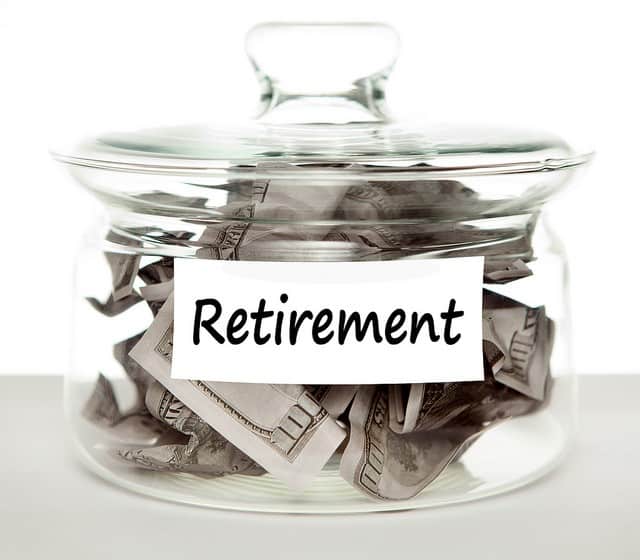Planning for retirement can be daunting. If you’re afraid your savings will fall short of offering you a comfortable life after you leave work, try these ways to save for retirement so you can enjoy your golden years the way you should.
1. Max out your 401k
If your money is not in your paycheck, you won’t spend it. So ask your employer to step up contributions to your 401(k) or other workplace retirement account. At the very least, contribute enough to capture any employer match. If you don’t, you’re leaving money on the table.
To avoid taking a big hit immediately, boost contributions by one percentage point a year until 15% of your salary is being deducted. Remember, you get a tax break for every dollar you put into your account.
2. Count your pennies
That old adage—a penny saved is a penny earned—is actually wrong. A penny saved can compound into dollars over the long run. That means you need to get a grip on your spending.
Take a close look at six months’ worth of credit card bills. Save receipts. Carry around a small notebook for several months and jot down each purchase. You may be shocked by what you find.
3. Change spending habits
Once you assess your cash outflow, scour your spending for likely cutbacks. Of course, you deserve a treat, but can’t you brown bag a lunch at least twice a week? Some ideas to save without pain:
- By raising your car insurance deductible to $500, from $250, you can cut premiums by up to 30%.
- Find a bundled package for your phone, TV and computer—or drop your landline altogether (or drop premium channels that you rarely watch).
- If you’re paying more than 5% on your mortgage, it’s probably worth refinancing.
- Try your hand at negotiating, on everything from appliances to furniture.
- Drop the gym membership that you never use—buying free weights is cheaper (but only if you’re going to use them)
4. Keep investing simple
With cash and money-market funds showing negative returns after inflation, you should dip your toe in the stock and bonds markets. The easiest investment is an all-in-one “target date” retirement fund, which sets asset allocation by age and switches to more conservative allocations as you get older.
You can find target-date funds at Vanguard, T. Rowe Price, Fidelity and many other fund Web sites. Or invest in low-fee “index” mutual funds, which track a market index like the Standard & Poor’s 500 index. Invest in several broad-based stock-index funds, to cover large companies, small companies and international companies, as well as a bond fund that covers the total bond universe.
5. Stay the course
When you switch jobs, don’t cash out the 401(k). Roll it into an IRA or transfer it to your new employer’s 401(k). When you cash out, you’ll pay income tax on the distribution—as well as lose the opportunity to reap years of compounded gains on your investments.
Try not to panic when the market drops. That’s what people did during the stock crash in 2008; they lost years of amazing growth since then. But don’t be invested 100% in stocks. A rule of thumb: Subtract your age from 100, and invest that percentage in stocks.
6. Test-drive your retirement
Perhaps you’re five years from retirement. Make a realistic list of all your expected expenses for a 30-year retirement. You’re likely to spend in retirement at least 90% of what you spend now. Despite cutbacks in commuting and other work-related expenses, you’ll be spending a lot more on health care as the years go by. Don’t forget to budget for those long-awaited travel experiences.
Then come up with a retirement budget based on your retirement savings, and live on it for several months. If that doesn’t work, you’ll need to get real. Perhaps you’ll need to sock away more money, work longer, move to a smaller house or downsize your expectations —or take all those steps.
The Takeaway
There are lots of ways to save for retirement, but if you keep things simple by investing smart, cutting spending, and testing your plan, you’ll be off to a great start.
****************************
 Susan B. Garland is editor of Kiplinger’s Retirement Report, a monthly personal finance publication whose subscribers are retirees and those approaching retirement. The publication covers all topics related to retirement, including investments, taxes, Social Security, pensions, personal money management, annuities, estate planning, health care and leisure activities.
Susan B. Garland is editor of Kiplinger’s Retirement Report, a monthly personal finance publication whose subscribers are retirees and those approaching retirement. The publication covers all topics related to retirement, including investments, taxes, Social Security, pensions, personal money management, annuities, estate planning, health care and leisure activities.
Featured photo by Tax Credits

